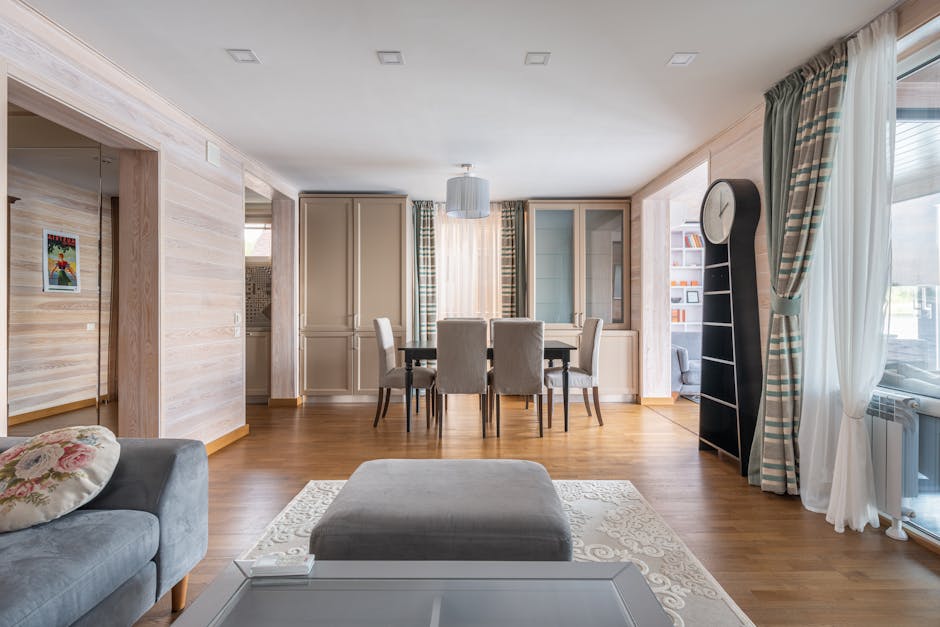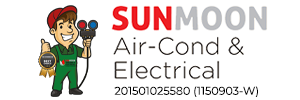5 Essential Tips for Air Quality Improvement in Your Rawang Home
5 Essential Tips for Air Quality Improvement in Your Rawang Home
Inhale deeply and discover how to transform the air you breathe with these essential tips for air quality improvement in your Rawang home. From understanding common air pollutants to choosing the right purification system, let's take a deep dive into creating a cleaner and healthier living environment.

Understanding the Importance of Indoor Air Quality
Indoor air quality plays a significant role in our daily lives, affecting not only our respiratory health but also our concentration, sleep quality, and overall well-being. Pollutants such as dust, pet dander, mold spores, and volatile organic compounds (VOCs) can accumulate indoors, leading to a range of health issues. By prioritizing air quality improvement, you can create a home environment that promotes vitality and comfort.
Proper ventilation is key to maintaining good indoor air quality. Inadequate ventilation can trap pollutants inside your home, leading to a buildup of harmful substances. By ensuring adequate airflow through your living spaces, you can reduce the concentration of indoor pollutants and create a fresher, healthier environment for you and your family.
Regular maintenance of your HVAC system is essential for ensuring optimal indoor air quality. Dust, debris, and mold can accumulate in your heating and cooling system, circulating contaminants throughout your home. By scheduling routine inspections and cleanings, you can prevent the buildup of pollutants and ensure that your air ducts are delivering clean, fresh air.
Identifying Common Indoor Air Pollutants
Common indoor air pollutants can include particulate matter, such as dust and pollen, as well as biological contaminants like mold spores and bacteria. Additionally, household products and materials can emit VOCs, which contribute to indoor air pollution. By identifying these common pollutants, you can take targeted measures to reduce their presence and improve the air quality in your home.
Pet allergens are another common indoor air pollutant, especially for households with furry friends. Pet dander and saliva can trigger allergic reactions and asthma symptoms in susceptible individuals. Regular grooming of pets, vacuuming, and using air purifiers can help minimize pet-related pollutants in your home.
Tobacco smoke is a major indoor air pollutant that poses serious health risks to both smokers and non-smokers. Secondhand smoke contains over 7,000 chemicals, many of which are toxic or carcinogenic. Implementing a smoke-free policy in your home is crucial for protecting the health of your family and improving indoor air quality.
Effective Ventilation Strategies for Cleaner Air
Proper ventilation plays a vital role in maintaining clean indoor air. Opening windows and doors to allow for cross ventilation can help remove stagnant air and introduce fresh outdoor air into your home. Additionally, using exhaust fans in kitchens and bathrooms can help remove odors and moisture, preventing the growth of mold and mildew.
Installing air purifiers with HEPA filters can effectively remove airborne pollutants, allergens, and other particles from your indoor air. These devices can help reduce the concentration of pollutants, providing cleaner and healthier air for you and your family to breathe. Consider placing air purifiers in commonly used areas for maximum effectiveness.
Humidity control is essential for maintaining optimal indoor air quality. High humidity levels can promote mold growth and worsen respiratory conditions, while low humidity can cause discomfort and exacerbate allergies. Using dehumidifiers and humidifiers can help regulate indoor humidity levels, creating a more comfortable and healthy living environment.
Regularly cleaning and replacing air filters in your HVAC system is crucial for ensuring efficient air circulation and filtration. Clogged or dirty filters can impede airflow and allow pollutants to recirculate in your home. By following a regular filter maintenance schedule, you can improve air quality and extend the lifespan of your HVAC system.
Choosing the Right Air Purification System
When selecting an air purification system for your home, it's important to consider your specific needs and the size of the space you want to clean. HEPA air purifiers are highly effective at capturing fine particles and allergens, making them ideal for individuals with respiratory issues or allergies.
UV air purifiers use ultraviolet light to deactivate bacteria, viruses, and mold spores, providing an added layer of protection against airborne contaminants. These systems can be particularly beneficial for households looking to enhance their indoor air quality and reduce the risk of illnesses.
Maintaining Optimal Air Quality in Your Living Space
Creating a regular cleaning schedule can help reduce dust, pet dander, and other allergens that can accumulate in your home. Vacuuming carpets, dusting surfaces, and washing bedding regularly can prevent the buildup of indoor pollutants and improve air quality.
Introducing houseplants into your living space can not only enhance the aesthetic appeal of your home but also improve indoor air quality. Plants can help filter out harmful toxins and pollutants, promoting a healthier environment for you and your family.
Breathe Easy with Improved Air Quality
As you embark on the journey of enhancing the air quality in your Rawang home, remember that every breath you take contributes to your overall well-being. By implementing these essential tips, you can create a space where fresh, clean air nourishes both your body and mind, ensuring a healthier and more vibrant lifestyle.
10 Jul 2024







